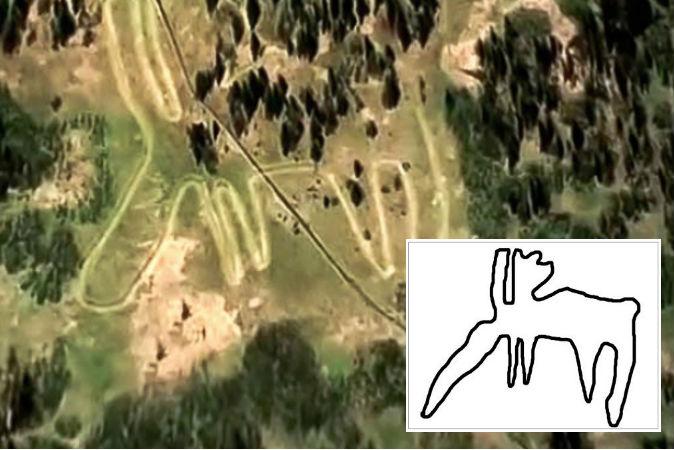From The Siberian Times: Banned from writing to loved ones, and only allowed letters from family members twice a year, prisoners in Soviet labor camps came up with many ways to squirrel out messages. With no pencils, papers, or envelopes, they were forced to write on cigarette boxes, scratch out words on tree bark, or embroider messages with fish bone on pieces of fabric.
Others also hid tiny notes in the folds of clothes or put messages inside children’s toys, with some even disguising them in pills for prisoners being released to swallow, retrieve later, and pass on to their relatives. The “Right of Correspondence” exhibition, opened in Moscow this month by the Memorial Society, features hundreds of such items dating between 1919 and the 1980s.
“We have letters from different GULAG camps located in Siberia, including from Omsk, Krasnoyarsk, Norilsk, and Kolyma,” said Alyona Kozlova, director of archives at Memorial. GULAG is an acronym for Main Administration of Corrective Labor Camps in Russian. “Among them are the beautiful letters of Vladimir Levitsky to his son, with ethnographic essays and hand-drawn postage stamps.”
Born in the Ukrainian village of Russkaya in 1873, Levitsky fought for the Red Army in the civil war and served as an education officer teaching calligraphy and gymnastics. But he was imprisoned in 1932 for the supposed crime of collecting stamps at a time when stamp collectors were suspected of passing on secret signs and codes. He collected many items, including postcards, coins, and matchbox labels, but his greatest passion was postal stamps.
After his imprisonment in a GULAG called Olhovka, in what is now the Novosibirsk region, he carried on his hobby by drawing his own stamps on letters he sent to his son, Oleg.





